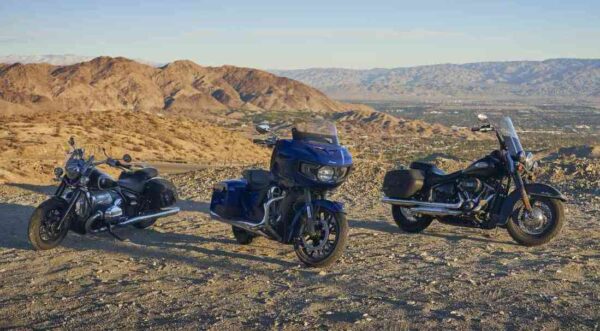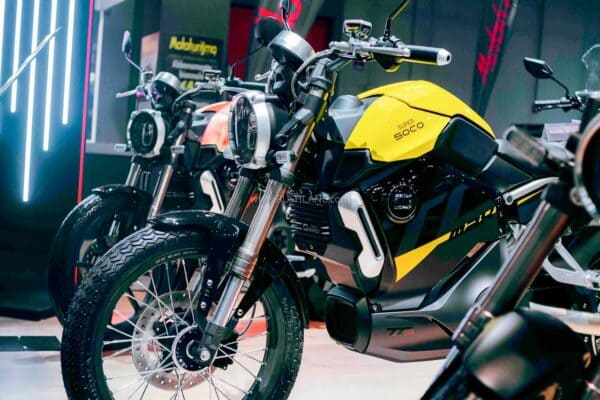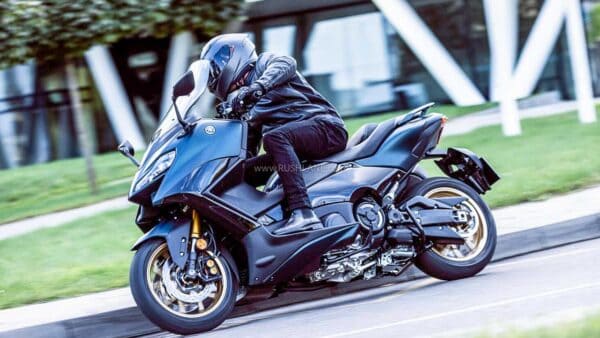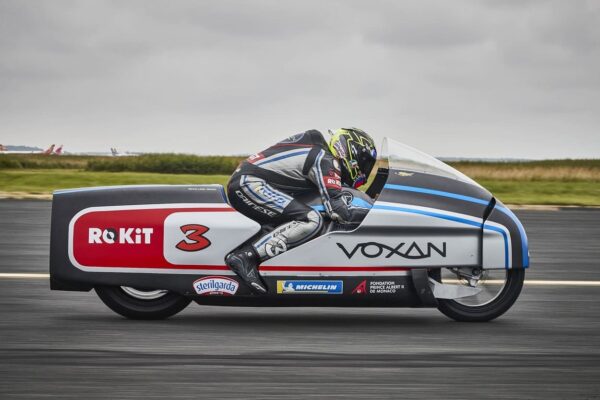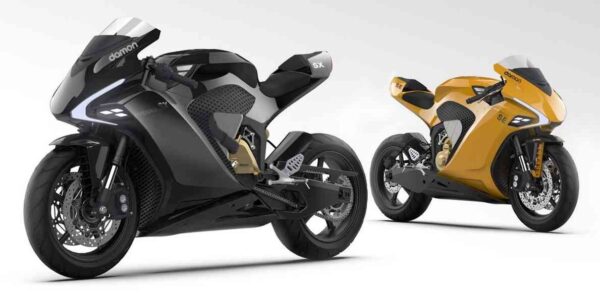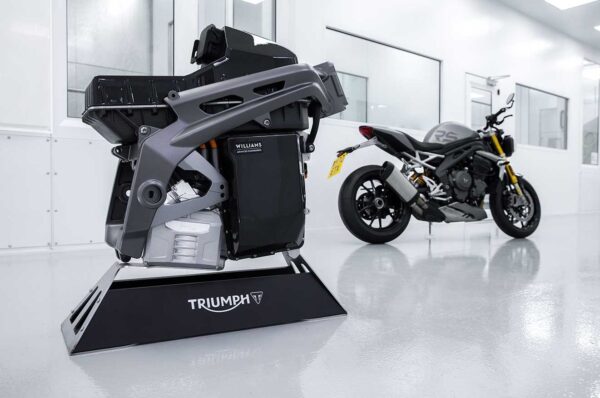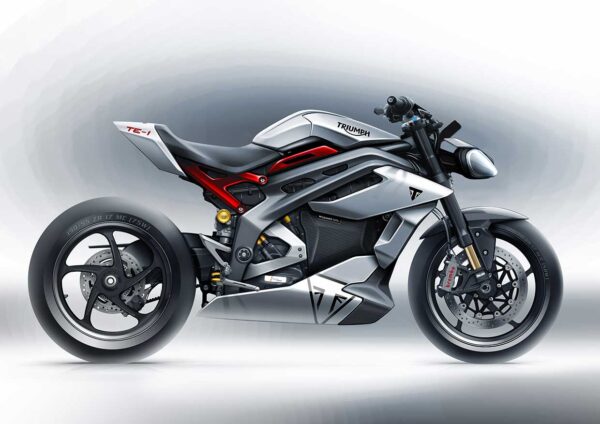by Otilia Drăgan from https://www.autoevolution.com World’s Smartest Electric Motorcycle to Be Produced at Brand-New Plant in Vancouver Whether two-wheeled or four-wheeled, electric vehicles are taking over the roads by storm, offering not just a clean energy alternative, but also advanced connectivity and the latest tech. One of them is Hypersport, Damon Motorcycles’ flagship model, set to enter production at the company’s new plant. The concern for a green, sustainable future extended beyond the vehicles themselves, to the manufacturing process. Several carmakers have already opened or planning to open sustainable production plants, and Damon is doing the same in the motorcycle sector. The Canadian company recently unveiled its latest facility, located in Surrey, British Columbia. Developed together with Bosa Properties, the new production plant is a state-of-the-art, 110,000 square foot (10,219 square meters) facility that will not only become “ground zero” for the Damon electric motorcycles, but will also premiere a cleaner, advanced manufacturing process. This new milestone adds to the brand’s success, after recently having surpassed $40 million in orders for the award-winning Hypersport, presented as “the world’s smartest, safest, fully electric motorcycle”. This innovative motorcycle is based on the brand’s proprietary electric powertrain, Hyperdrive, which is the first monocoque-constructed, fully electric, multi-variant powertrain on the market. With an aerodynamic design and having passed through extensive wind tunnel testing, Hyperdrive claims to deliver better speed, range, and acceleration than any previous powertrain. The battery was designed for top performance, but also to be as light as possible. Hyperdrive is integrated as a structural component of the motorcycle itself, and the battery enclosure acts as the bike’s load-bearing frame. The high-tech motorcycle also boasts an award-winning 360-degree Advanced Warning System that uses integrated windscreen LEDs, a long-range radar, plus front and rear cameras, to warn the rider of potential danger. Shift

